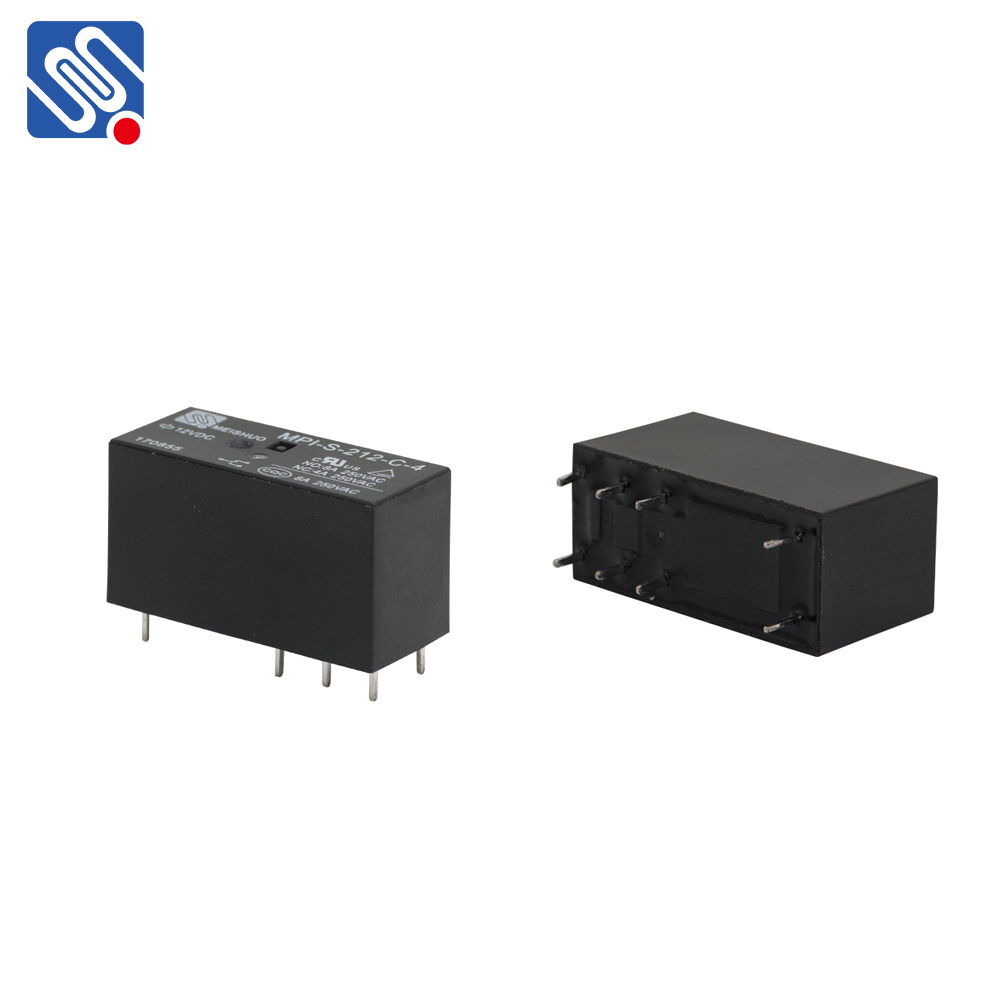Relay efficiency plays a crucial role in the design and performance of modern communication networks, particularly in systems involving multiple relay nodes. In scenarios such as wireless communication, sensor networks, and internet infrastructure, relays are used to forward signals from the source to the destination over multiple hops. The efficiency with which these relays transmit and process signals can significantly affect the overall performance of the network, including its speed, energy consumption, and reliability. This article explores the concept of relay efficiency and its importance in enhancing the performance of communication systems.

What is Relay Efficiency? At its core, relay efficiency refers to the effectiveness with which a relay node forwards information between the source and the destination. In the context of multi-hop networks, a relay node receives signals from a source node, processes the information, and transmits it to the next node or the final destination. The efficiency of this process can be evaluated based on several parameters, including energy consumption, bandwidth utilization, signal quality, and latency. Components of Relay Efficiency Energy Efficiency: One of the primary concerns in relay systems, especially in wireless sensor networks, is the energy consumption of relay nodes. Each relay consumes energy to receive, process, and transmit data. If the energy consumption of each relay node is high, it can lead to faster depletion of battery life, reducing the overall system’s lifespan. Thus, optimizing relay efficiency from an energy perspective involves ensuring that relays use the minimum amount of energy required to effectively transmit data. Advanced techniques like power control, energy harvesting, and efficient modulation schemes are often employed to reduce energy usage.